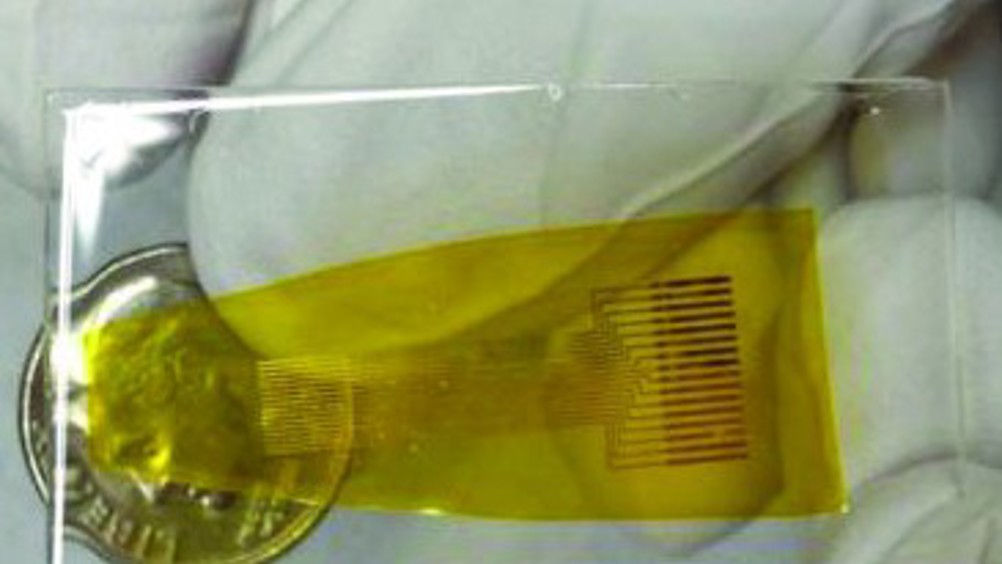Transparent graphene microelectrode provides new neurological insights
A transparent microelectrode made from graphene could give doctors further insights into neurological disorders.

The advance was made by researchers from the Perelman School of Medicine and School of Engineering at the University of Pennsylvania and The Children’s Hospital of Philadelphia.
Ascertaining how individual neural circuits operate in epilepsy and other neurological disorders requires real-time observation of their locations, firing patterns, and other factors using high-resolution optical imaging and electrophysiological recording.
Traditional metallic microelectrodes are opaque and block the clinician’s view and create shadows that can obscure important details. Previously, researchers could obtain either high-resolution optical images or electrophysiological data, but not simultaneously.
The Center for NeuroEngineering and Therapeutics (CNT), under the leadership of senior author Brian Litt, PhD, is said to have solved this problem with the development of a transparent graphene microelectrode that allows for simultaneous optical imaging and electrophysiological recordings of neural circuits. Their work was published this week in Nature Communications.
‘There are technologies that can give very high spatial resolution such as calcium imaging; there are technologies that can give high temporal resolution, such as electrophysiology, but there’s no single technology that can provide both,’ said study co-first-author Duygu Kuzum, PhD.
Register now to continue reading
Thanks for visiting The Engineer. You’ve now reached your monthly limit of news stories. Register for free to unlock unlimited access to all of our news coverage, as well as premium content including opinion, in-depth features and special reports.
Benefits of registering
-
In-depth insights and coverage of key emerging trends
-
Unrestricted access to special reports throughout the year
-
Daily technology news delivered straight to your inbox










Water Sector Talent Exodus Could Cripple The Sector
Maybe if things are essential for the running of a country and we want to pay a fair price we should be running these utilities on a not for profit...